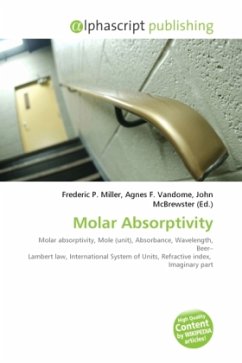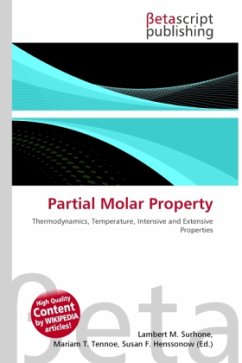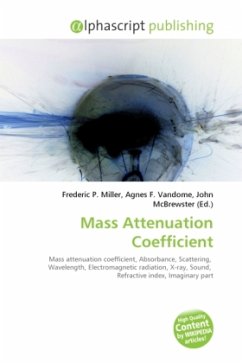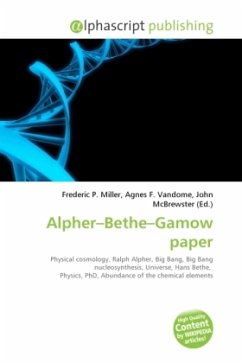The Molar absorption coefficient, molar extinction coefficient, or molar absorptivity, is a measurement of how strongly a chemical species absorbs light at a given wavelength. It is an intrinsic property of the species; the actual absorbance, A, of a sample is dependent on the pathlength l and the concentration c of the species via the Beer-Lambert law, A = cl.The SI units for are m2/mol, but in practice, they are usually taken as M-1 cm-1 or L mol-1 cm-1. In older literature, cm2/mole is used. These units look very different, but it is just a matter of expressing volume in cm3 or L.Different disciplines have different conventions as to whether absorbance is Naperian or decadic, i.e. defined with respect to the transmission via natural or common lograthim. The molar absorption coefficient is usually decadic,but when ambiguity exists it is best to qualify it as such.The molar extinction coefficient should not be confused with the different definition of "extinction coefficient" used more commonly in physics, namely the imaginary part of the complex index of refraction.








